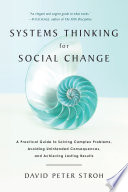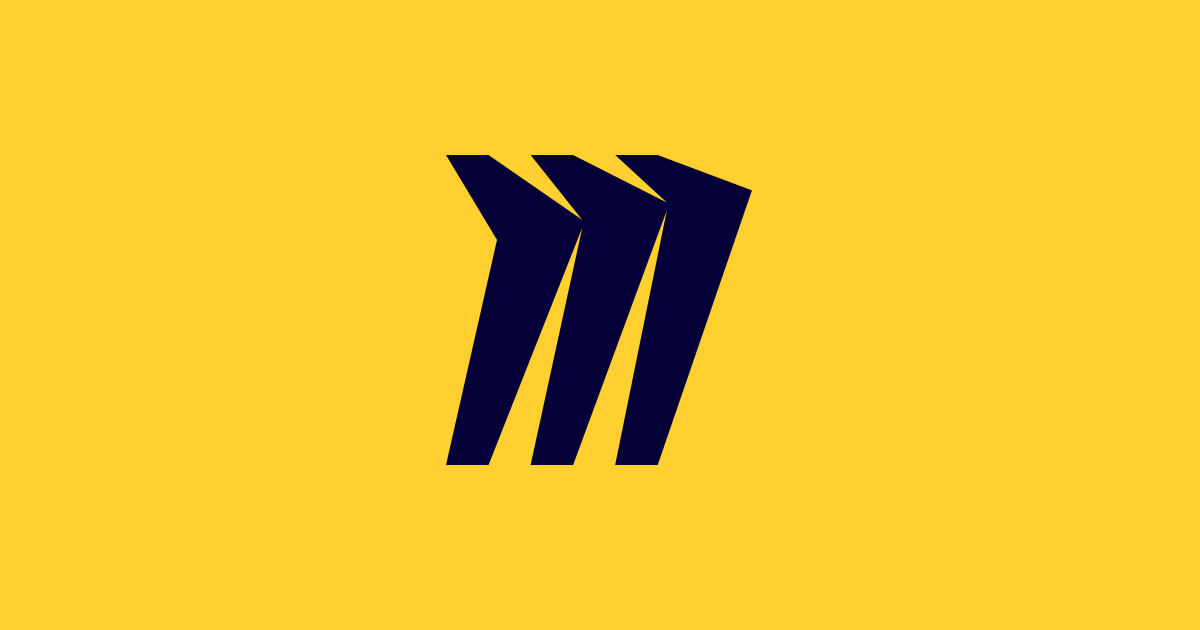If you’ve ever taken part in an organizational change effort, you’ve likely seen a diagram—a chart, a process flow, a map of who reports to whom. In recent conversations about organizational design, it struck me that organizational design is, at its core, about drawing pictures. However, these are not just drawings for art’s sake—they are tools to help people see how an organization works now, and imagine how it could work better.
There’s a saying: “All models are wrong, but some are useful.” These pictures don’t have to be perfect. The power is in what they reveal and the conversations they spark.
Why Do We Draw? The Power of Visualization in Organizations
At its best, organizational design helps groups understand complexity by turning abstract concepts into tangible images. When we create models, maps, or diagrams, we:
- Make the Invisible Visible – Many things about how an organization runs are hidden: informal rules, power dynamics, disparate preferences, or unspoken expectations. Drawing them out helps teams name and better understand them.
- Spot Patterns and Gaps – A picture can quickly show where something isn’t working, what’s missing, or where things are duplicated.
- Create a Shared Language – Diagrams help people with different experiences and points of view talk to each other more easily. They offer a common starting point.
- Support Smarter Decisions – When teams can see how all the pieces fit together, they can better weigh their options before acting.
- Make Space for All Kinds of Thinkers – Drawing invites participation from people who think visually or find conversations easier when they can “see” the structure. It reduces over-reliance on verbal or written explanations alone.
The Challenge: All Models Are Wrong, but They Are Still Useful
One of the central tensions in organizational design is that no model is ever entirely accurate. Organizations are messy, living systems. No drawing will ever capture all the complexity of human relationships, informal networks, and shifting priorities. And that’s okay.
What matters most is not whether the drawing is “right.” What matters is that people talk about it, challenge it, and use it to move forward. The act of drawing together helps uncover what people assume, what they value, and what they’re hoping to change.
Helping Teams Draw Better Pictures
As a consultant, I don’t draw pictures for clients—instead, my goal is to help them draw their own—to see their organization—and reimagine it—together. Here’s how you can do that too:
- Start with Questions, Not Assumptions: Before putting anything on paper, ask questions that encourage deep reflection:
- How does work actually get done here?
- Where are the biggest bottlenecks or breakdowns?
- Who needs to collaborate but isn’t yet?
- What does success look like?
- Co-Create the Visuals: Don’t show up with a finished chart. Invite people to sketch ideas using sticky notes, digital tools, or whiteboards. When the people doing the work help create the picture, it’s more likely to reflect reality—and lead to change.
- Use Multiple Perspectives: Encourage teams to create different versions of their organization:
- The Current State Map – What’s happening now?
- The Ideal Future State – What do we want instead?
- The Shadow System – How do people really get things done when the official way doesn’t work?
- Iterate and Evolve: These drawings are not final, but rather living documents. Encourage teams to revisit and refine their diagrams as they learn and adapt.
- Help Translate Insights into Action: The real value comes when teams use what they’ve seen to make better decisions, experiment with new ways of working, or re-align their strategy.
Seeing the Bigger Picture
Organizational design is not about getting the drawing just right. It’s about using that drawing to bring people together, reflect on what’s working, and take steps toward something better.
So next time a conversation starts about structure or strategy, grab a marker. Start drawing. See what you notice—and what surprises you.
Further Exploration
Shows how inclusive design thinking applies to visual systems

Connects systems thinking and visual modeling to equity and social impact.

Collaborative whiteboard tools perfect for virtual teams.




